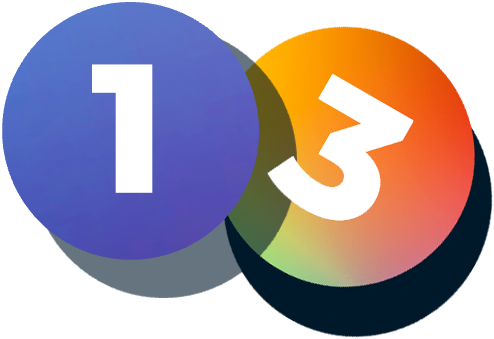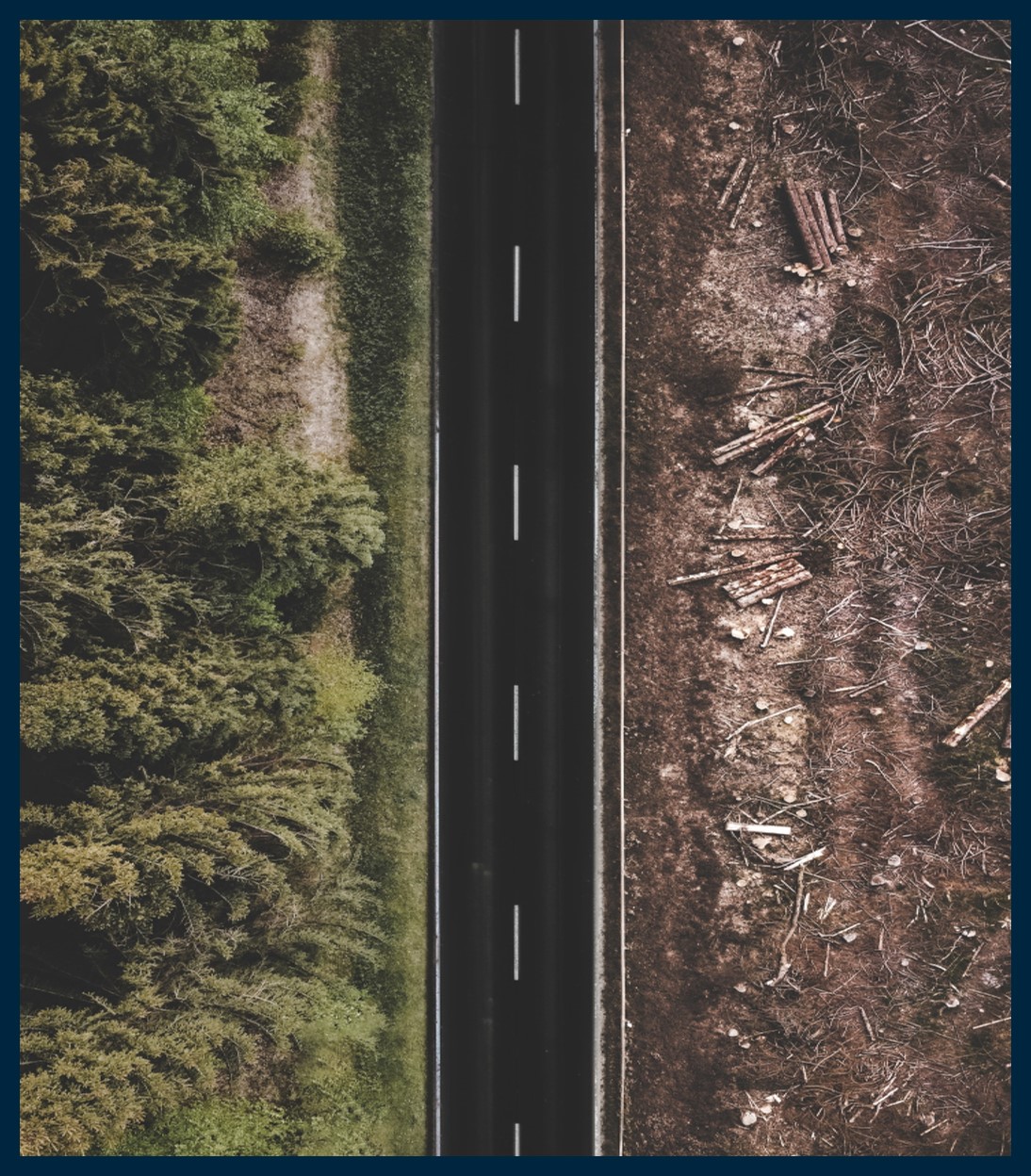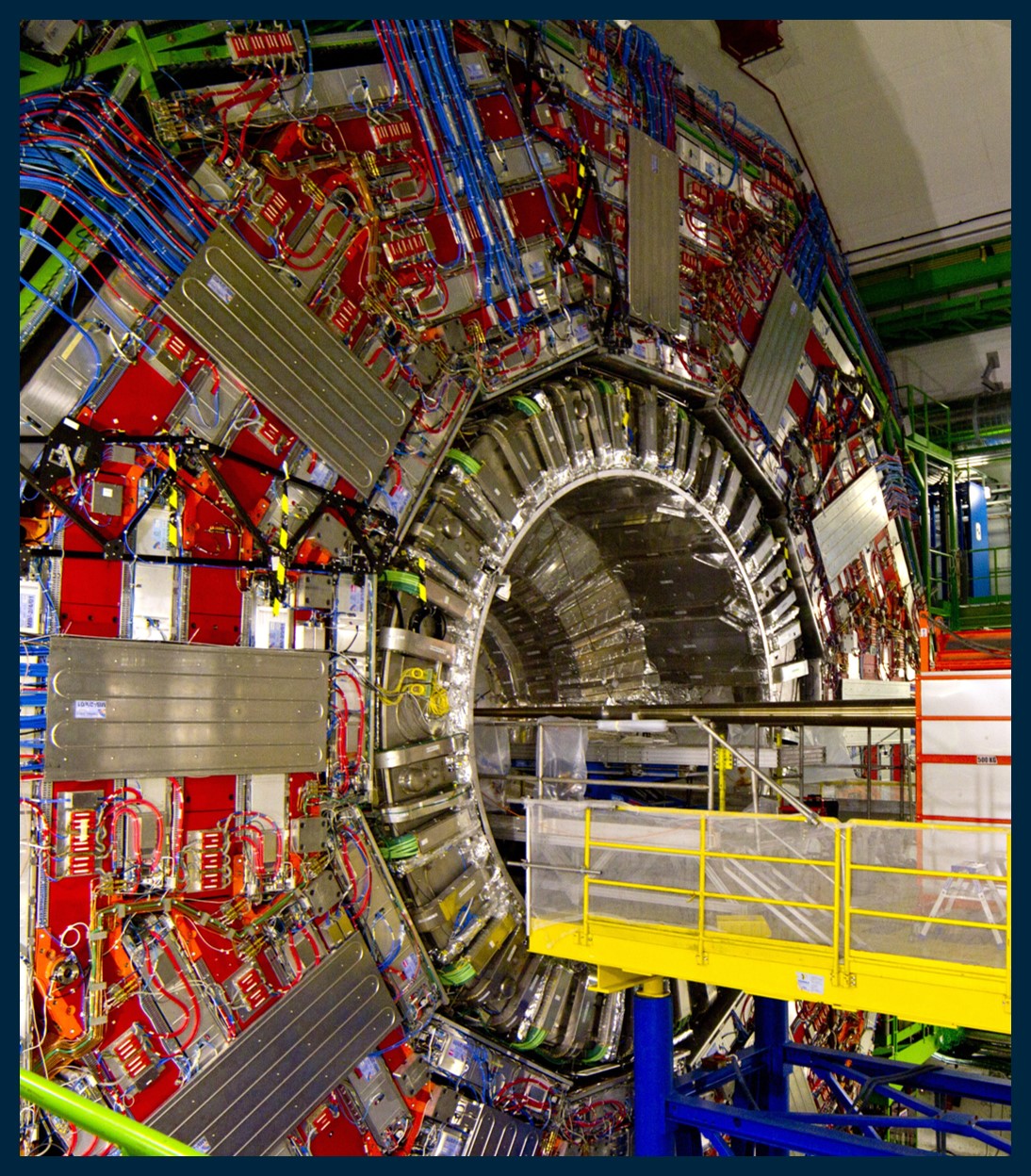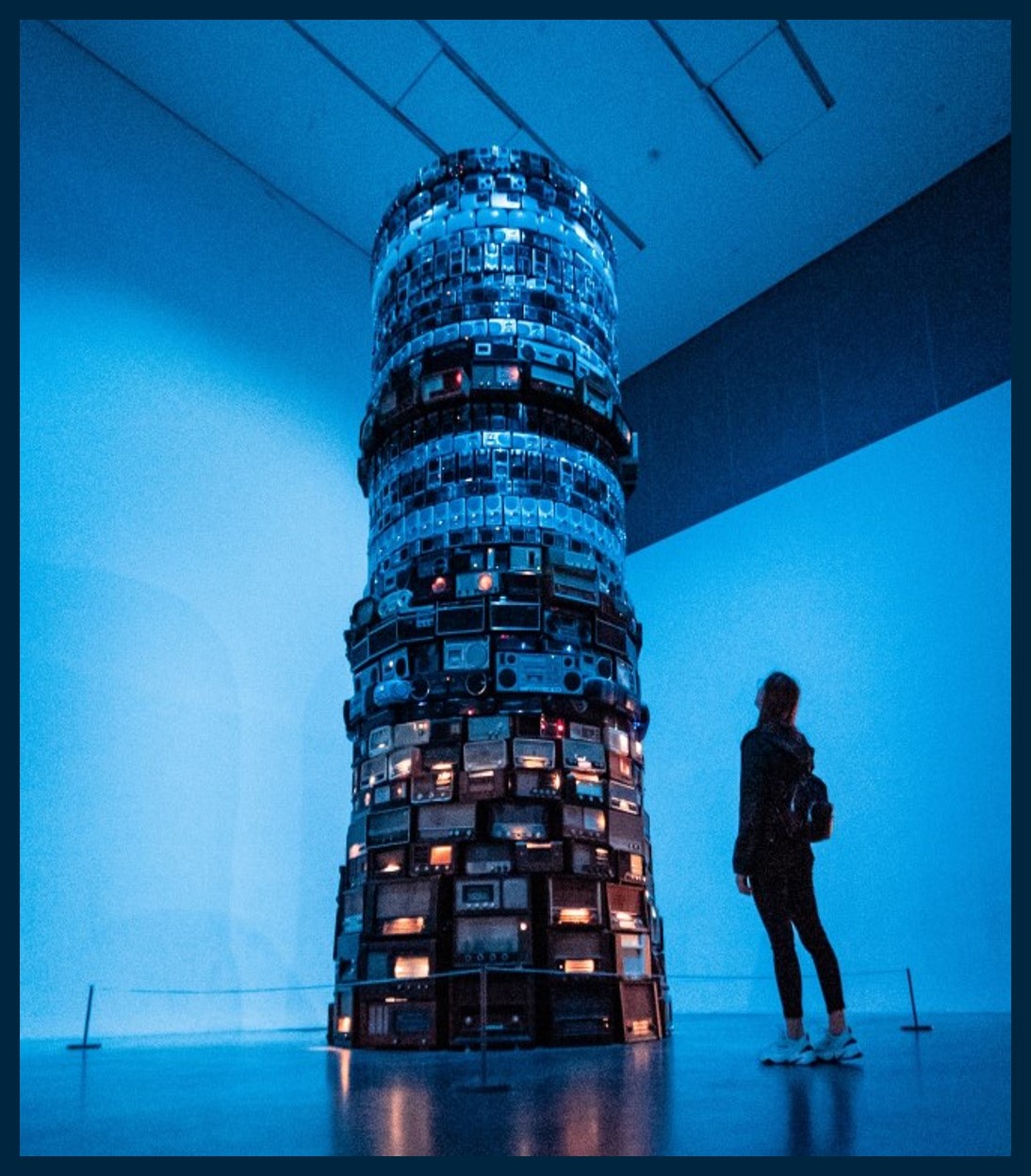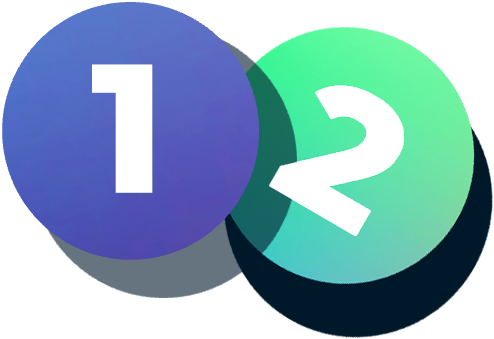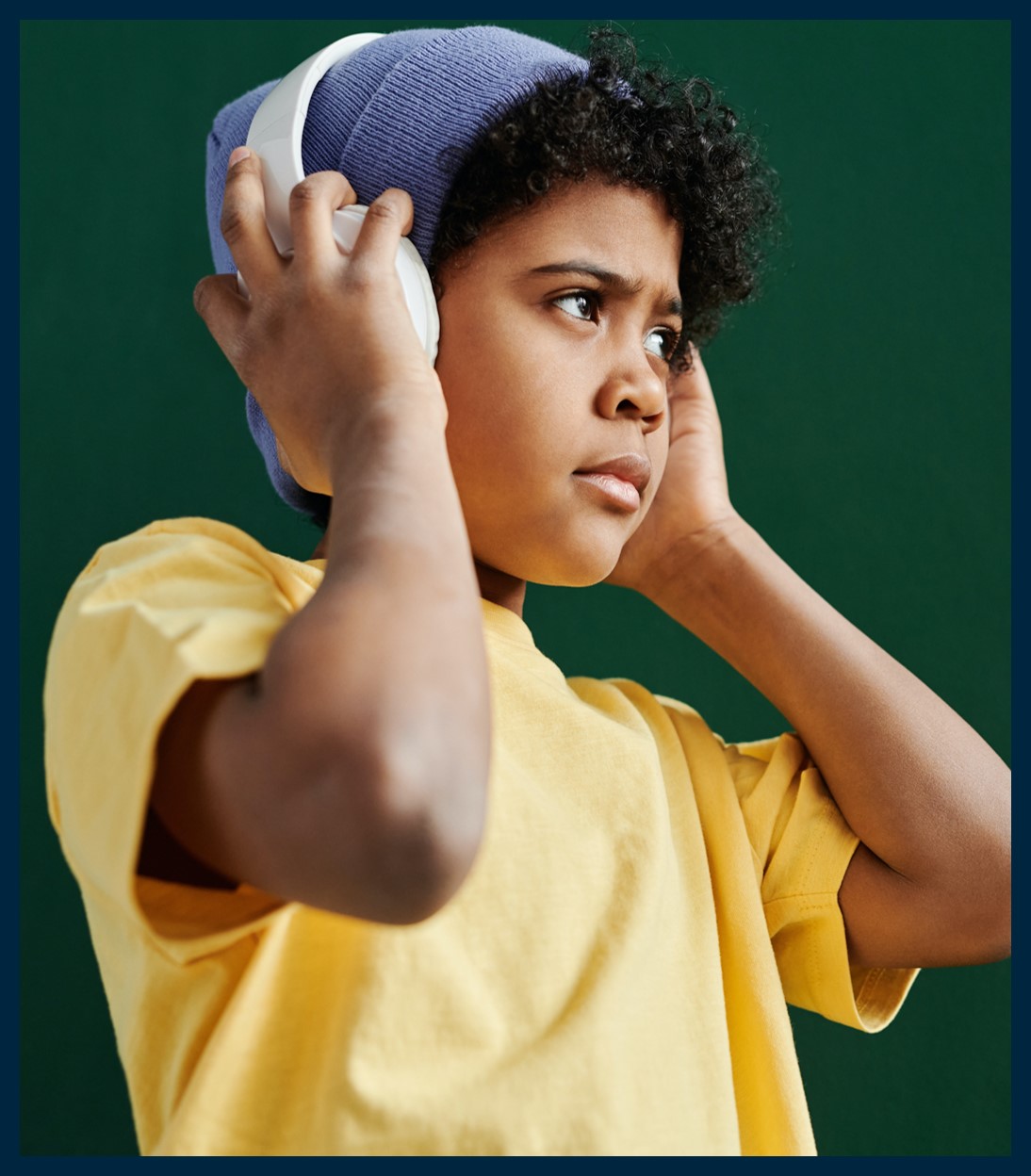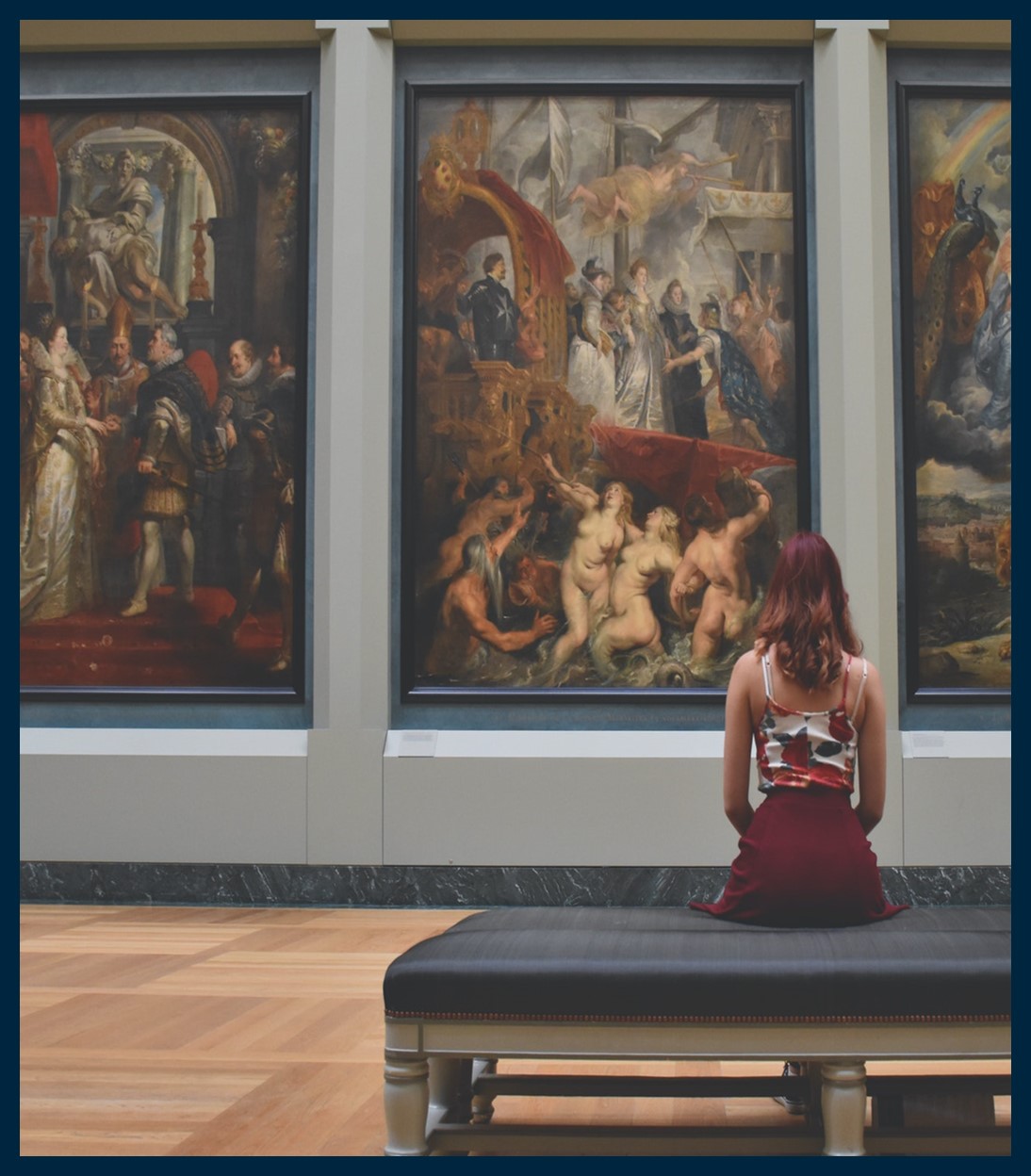

PROCESS
“Test drives”
How digital game development can benefit from the cultural sector?
Keywords: multidisciplinary teamwork, concept development, network utilization
Who?
The Great Journey project started in 2015 in Karlstad, Sweden. Since 2020, they have involved Futuregames offering an education programme in Indie Game Development.
What?
The Great Journey focuses on promoting the video games industry in the Värmland region, by creating the best environment for everyone who wants to develop games. The Great Journey offers pitch events in the digital game development field and organizes game jams where people from both the game development and the creative/cultural worlds. Artists, graphic designers, storytellers, programmers, game developers participate all together in co-creation moments. The final aim is to create a network, share ideas and develop new games.
Nurturing a game concept is by no means a simple task.
Why?
The main goal is to create synergies among the creative sector and the digital game developers, who often are programmers and experts in coding.
Results
The final result is the creation of new digital games and new companies in the game development sectors, based on artistic and cultural skills.
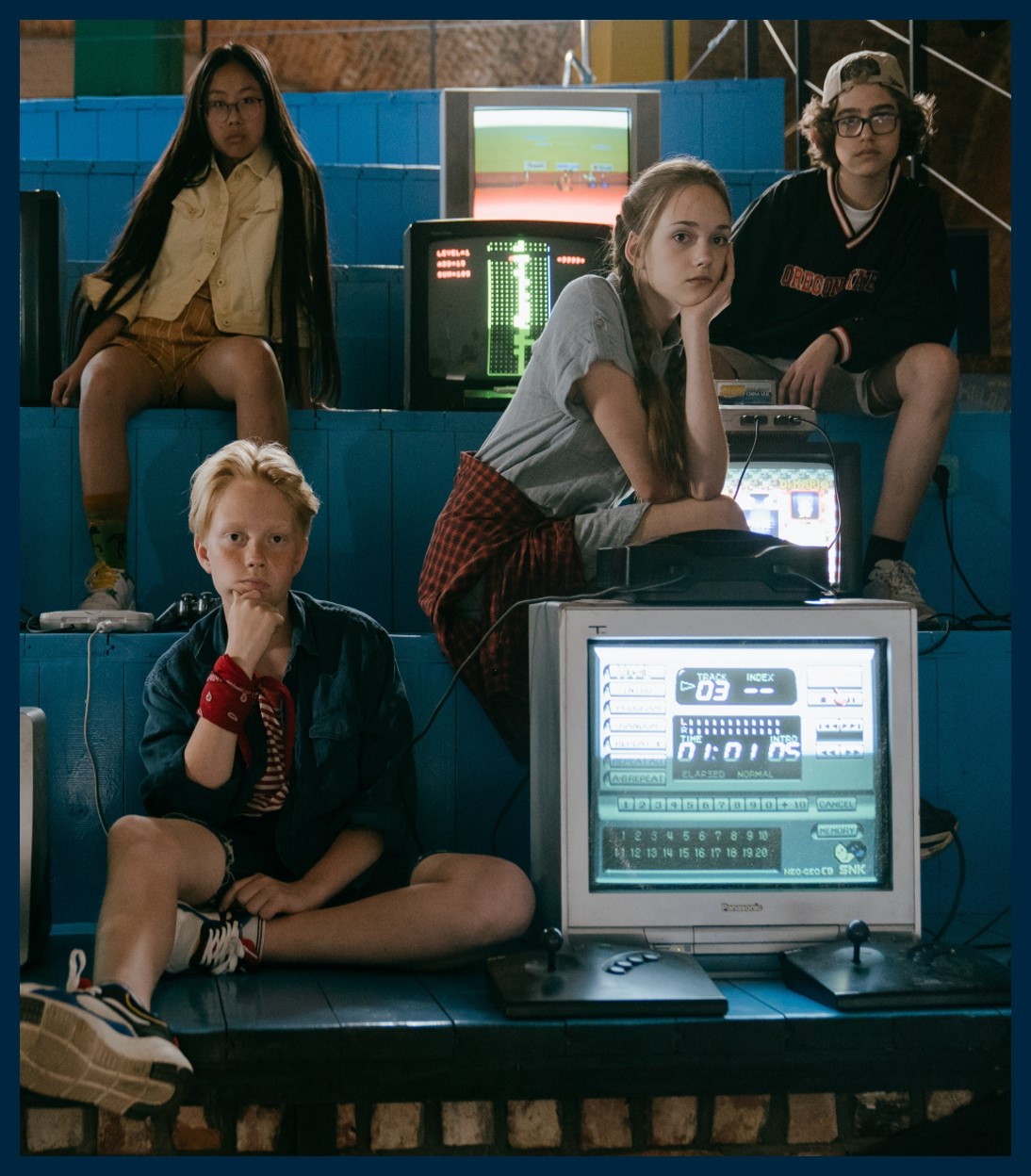
The video game industry is flourishing, which is not only a boon to gamers, but also to those who are interested in a career in developing games.
Many years of training and development experience are needed to take a video game from its initial concept to a market-ready product. The work can be challenging, but also exciting and highly rewarding, particularly for those who wish to combine their technical acumen with creative license. Video game development is a field in which STEM students may find ample opportunity for success.
Every game starts with an idea, but nurturing a concept is by no means a simple task. The ideation process can involve brainstorming ideas, creating sketches or prototypes to test those ideas, and evolving or streamlining an idea as needed. Ideation may begin with one person having a “light bulb moment,” arriving at what they think is a winning premise. Typically, however, a full team of developers is involved in shepherding a gaming idea through to the next steps.
Since 2020, in the Swedish region of Värmland, an original project provides the possibility to game developers to work together with practitioners coming from other sectors: artists, storytellers, graphic designers and more. “The Great Journey” is a community-based project where Game makers have the possibility to develop new digital games in close cooperation with people coming from diverse creative sectors.
Sources
About The Great Journey. 2022. The Great Journey. [online] Available at: https://www.thegreatjourney.se/aboutus [Accessed 25 March 2022].

